Surprising dining customs from all over the world
Mind your (table) manners
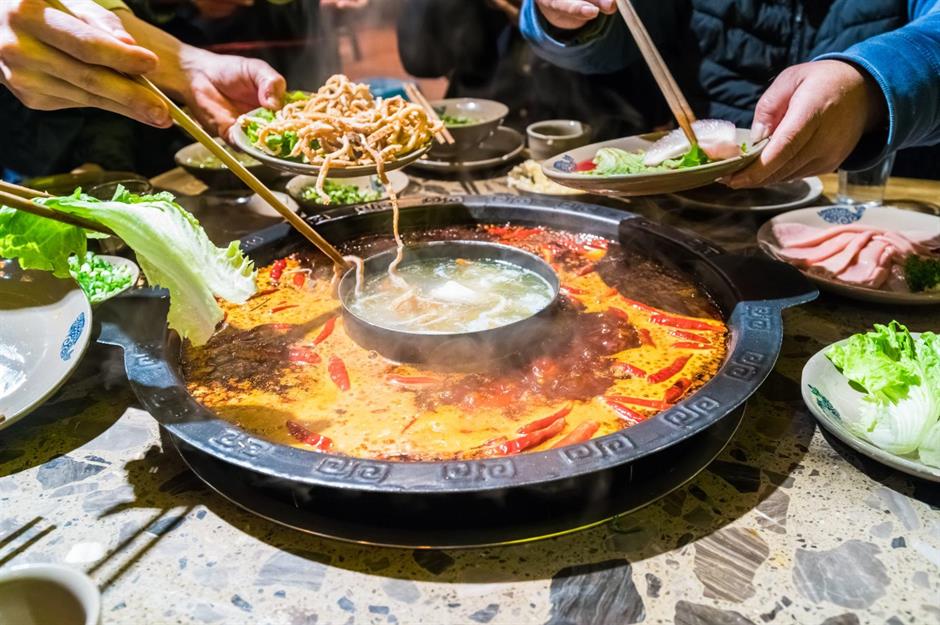
Indulging in local food can be one of the best ways to get to know a place when travelling but, if you want to feel at ease in a different culture, it’s advisable to freshen up your table manners. While some nations are strictly 'knives and forks only', others prefer eating with hands – and chopsticks come with a different set of rules entirely.
Click or scroll through our gallery to discover our top 30 most surprising dining customs around the world – including tipping culture, culinary quirks and how to behave at the table.
We've based our ranking on how widespread knowledge of these customs seems to be, and on the opinions of our well-travelled (and well-fed) team. The list is unavoidably subjective.
30. Eat late in Mexico

Used to eating dinner early in the evening? You might have to wait a little longer for your food if you visit Mexico – here, most people don’t eat their evening meals until around 9pm. Meanwhile, when eating Mexican street food, no cutlery is needed; just use your hands (or a tortilla as a utensil) instead.
29. Sharing is paramount in Thailand
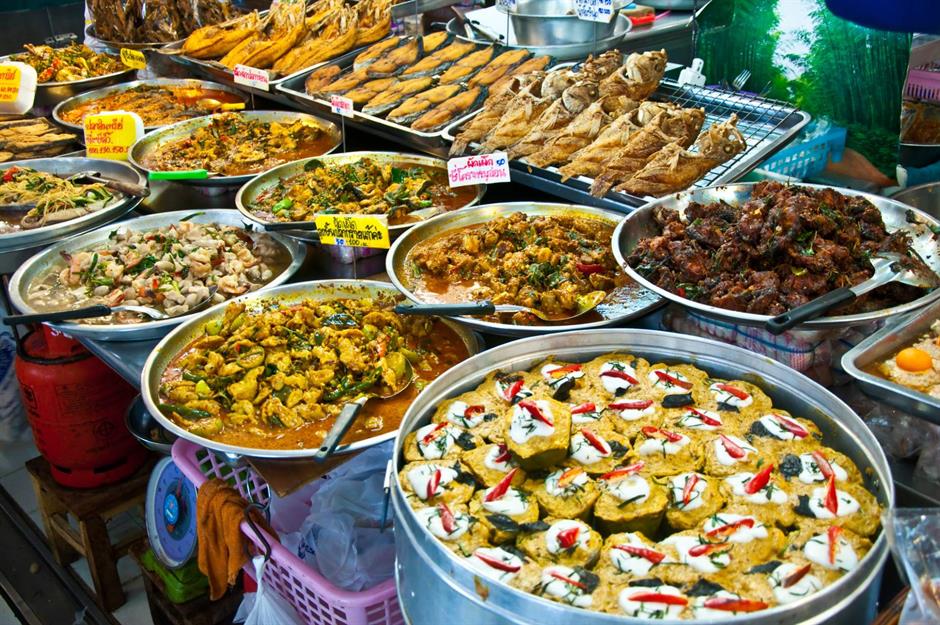
As is the case in many Asian countries, Thai cuisine centres around sharing lots of dishes, giving diners the opportunity to savour a wide range of delicious tastes. It’s common to allow someone else around the table to fill your plate – but if you do serve yourself, don’t pile your plate high. Also, try not to rest your elbows on the table, as it's seen as rude.
28. Treat meat pies with respect in Australia

Down Under, eating meat pies is serious business. There’s no ‘right’ way to eat a pie here, but there are a couple of tried-and-true methods people tend to use. First, there’s the classic way: dollop tomato sauce on top of the pie and tuck in (this one’s perfect if you’re eating on the go). Second, there’s the ‘deconstructed’ technique: take the lid off the pie, smother the meat inside with tomato sauce, then eat the filling with a spoon before devouring the pastry. Either way, tomato sauce is essential!
27. Clean your plate in Georgia
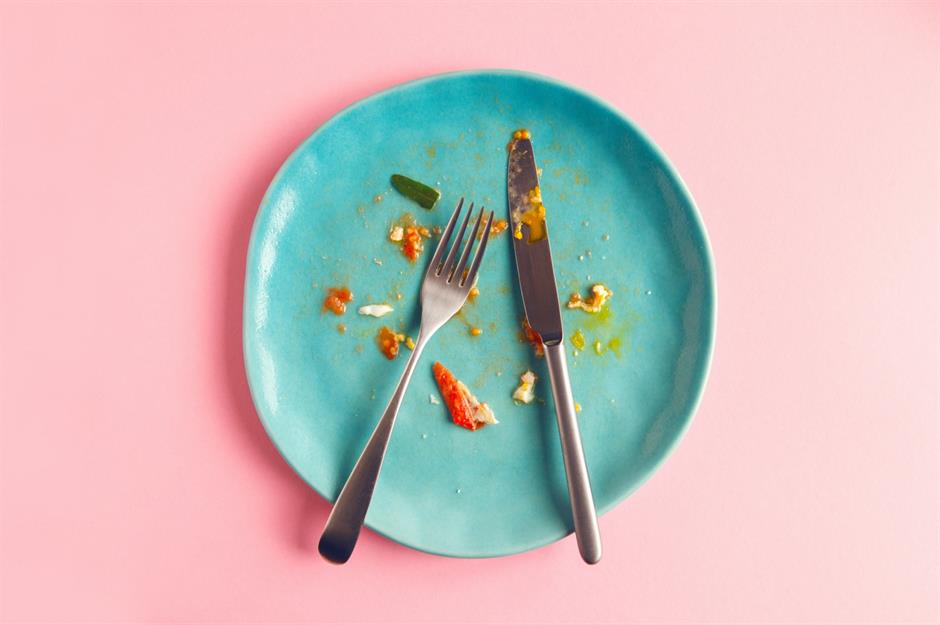
If you were expected to eat everything on your plate when you were growing up, you’re ready for dinnertime in Georgia. In this country on the border between Eastern Europe and West Asia, it’s polite to eat what you’re given, showing your appreciation of the food. Expect to be served seconds (and even thirds), too! When wine is poured, it’s customary to drink it in one go – after the traditional supra feast has been toasted by the Tamada (toastmaster).
26. Never tip less than 15% in the USA
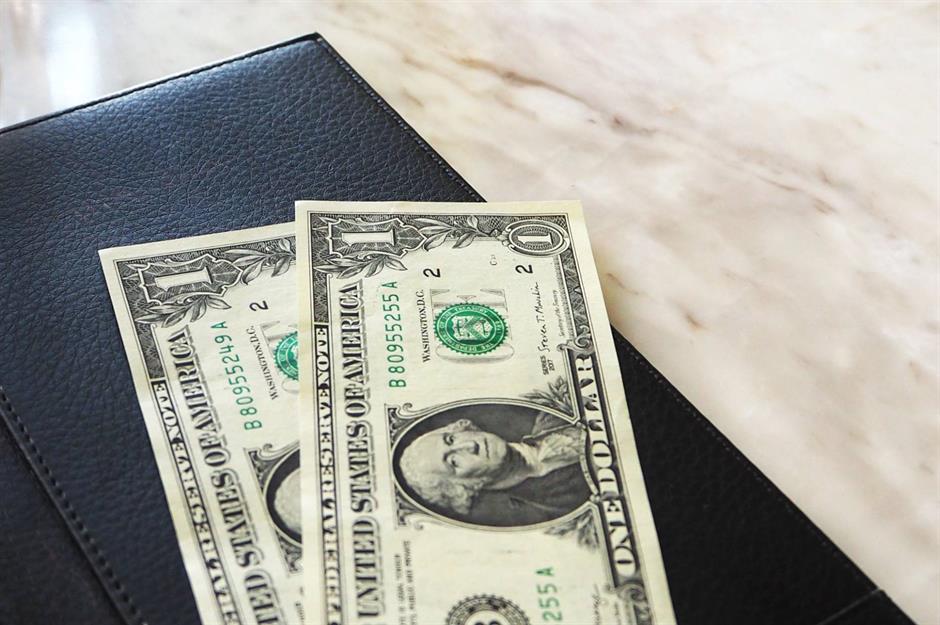
Not tipping in America is considered extremely rude. This is because waiters and bar staff earn a large chunk of their wages from tips – so avoiding tipping is like suggesting the service is so bad it doesn’t warrant pay. The amount you tip is important too; while in many countries 10% will suffice, in America it’s advisable to leave at least 15% of your total bill, or 20-25% for especially good service.
25. Don’t wait to be seated in Germany

You could end up waiting a long time to be seated in a German restaurant – here, it's customary to seat yourself at a table. The only exception to the rule is in particularly high-end dining establishments, where there may be a sign at the door requesting that you wait to be seated. Don’t bother asking for tap water here either; still or sparkling bottled water is the norm.
24. Always break your bread in France
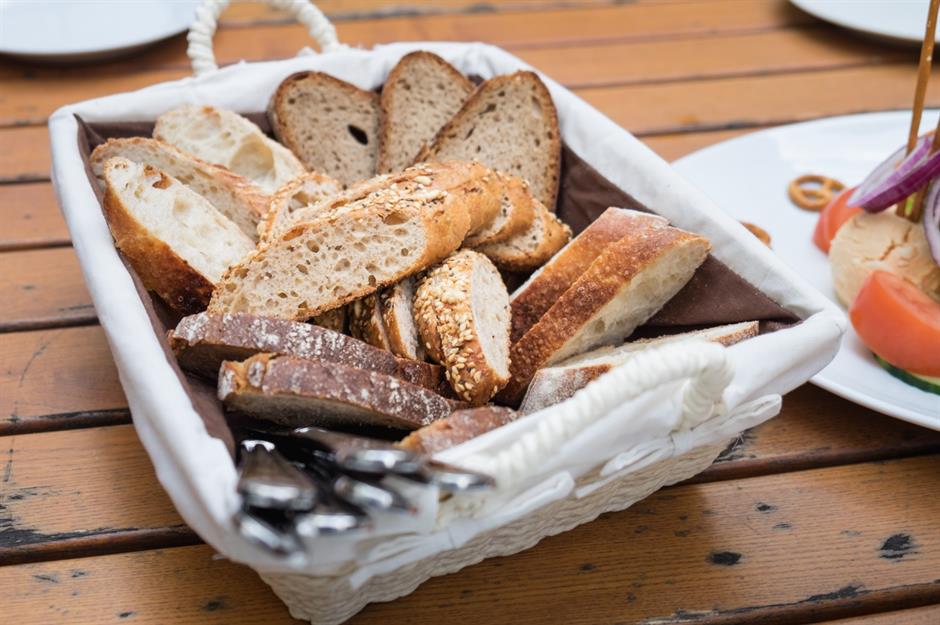
French bread is so delicious that it’s tempting to dig straight in, but breaking your bread into small pieces is the right thing to do at the table. Don’t even think about asking for butter, either; you’re supposed to use your bread to mop up the food, as it shows you’ve really enjoyed the meal.
23. Learn basic sushi manners in Japan
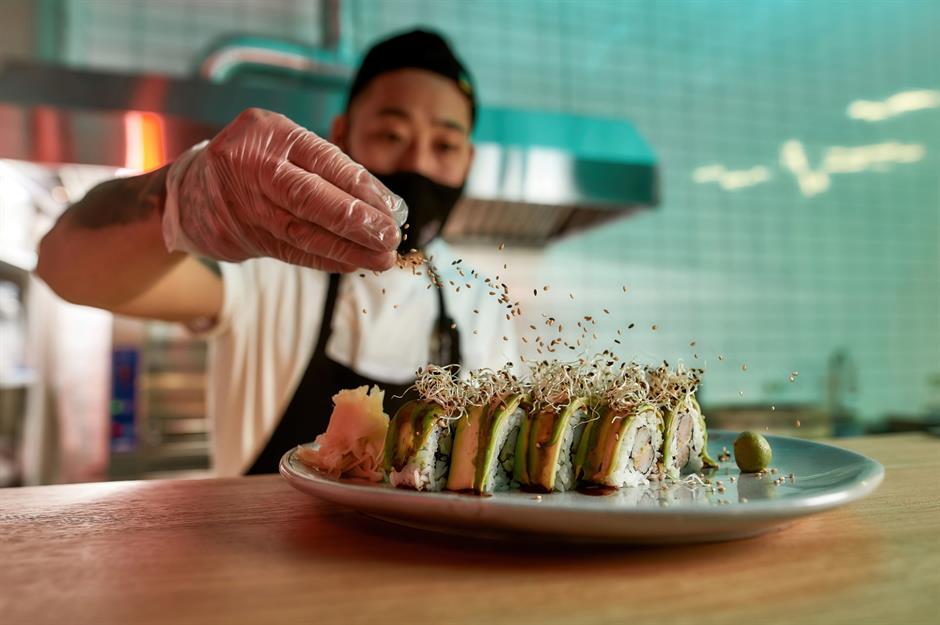
Visitors to Japan would also do well to brush up on their sushi etiquette, as there are a few key things to be aware of. Make sure you clean your hands with the wet towel provided, then use your chopsticks to pick up each piece – don’t even think about spearing the sushi with your chopsticks, as it's considered rude. Also, only use a little soy sauce (wasting it is frowned upon) and never mix wasabi into it.
22. Expect a half-full cup of tea in Kazakhstan
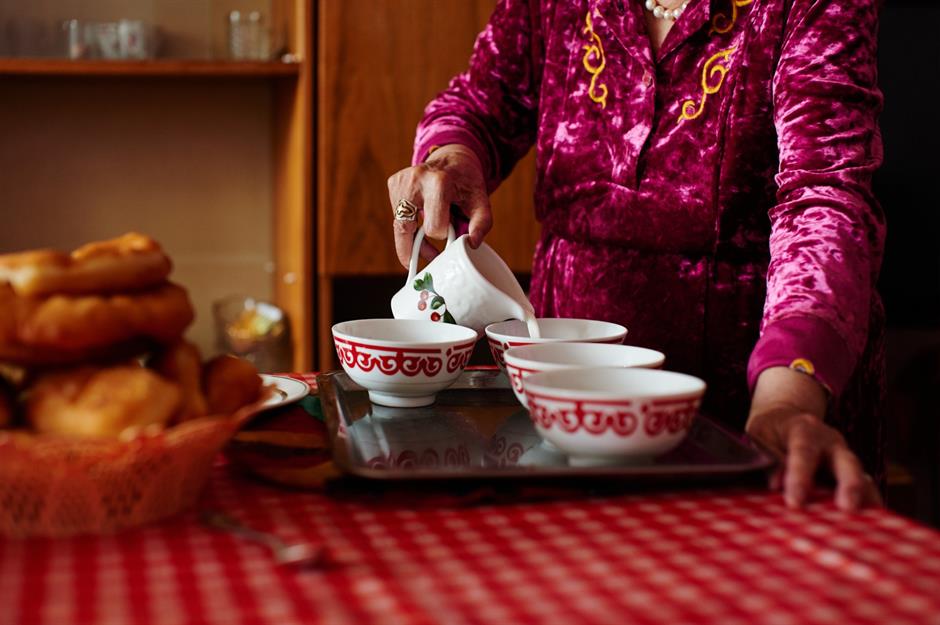
While it may seem like you’re getting short-changed, in Kazakhstan it’s traditional to be offered a half-full cup of tea to drink. The practice is meant to ensure your tea stays warm at all times, and allows you to repeatedly interact with the person pouring it, keeping them involved in conversation. Meanwhile, bread has a sacred place in Kazakh culture and is served with almost every meal.
21. Expect to sit on the floor in Morocco

The majority of Morocco's population is Sunni Muslim, so the practice of sitting and eating on the floor – which is an important sunnah, or teaching, in Islam – is adopted by many restaurants here. It all goes back to the prophet Muhammad, who is said to have sat and even slept on the floor throughout his lifetime. Today, many eateries will have low tables and cushions for guests to sit on.
20. Never ask for your steak well done in France

Another big food faux pas in France is ordering your steak well done – some chefs will even refuse to cook steak this way. So, if you’re not keen on pink meat, it might be best to avoid it altogether, or learn to love eating it à point (medium rare) like the French do.
19. Top your hot dog the right way in the USA

Not all American hot dogs are created equal. Toppings vary from state to state – and, to make certain hot dog styles the right way, strict rules must be followed. For example, Chicago-style hot dogs should be served with mustard, onions, tomato slices, sport peppers, a pickle spear and a sprinkle of celery salt, with absolutely NO ketchup allowed. Meanwhile, West Virginia–style dogs come topped with beef sauce (no beans or veggies here), with plenty of ketchup and coleslaw.
18. Never ask for salt and pepper in Portugal
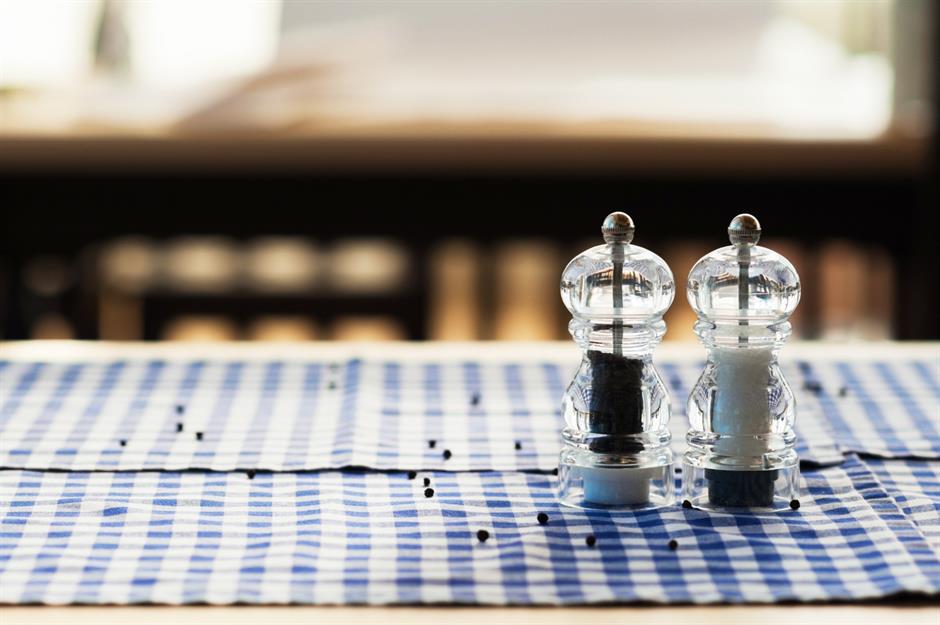
Unless there are salt and pepper mills on the table, don’t ask for extra seasoning while dining out in Portugal. If the restaurant chef thinks you're suggesting their food is under seasoned, they'll see it as an insult – so if you do find your meal a little bland, you’d be better off keeping quiet.
17. Don’t ask for Parmesan on your main course in Italy

Parmigiano Reggiano, also known as Parmesan, is a Protected Designation of Origin (PDO) ingredient in Italy, meaning it can only be produced here using exacting artisan methods. While you’ll find it in many pasta dishes, asking your waiter to sprinkle some on your main course, especially if it’s a fish dish, is a bad idea. This is because its strong flavour is thought to overpower more delicate tastes – so if it’s not offered, don’t ask.
16. Dunk your biscuits in your tea in the UK
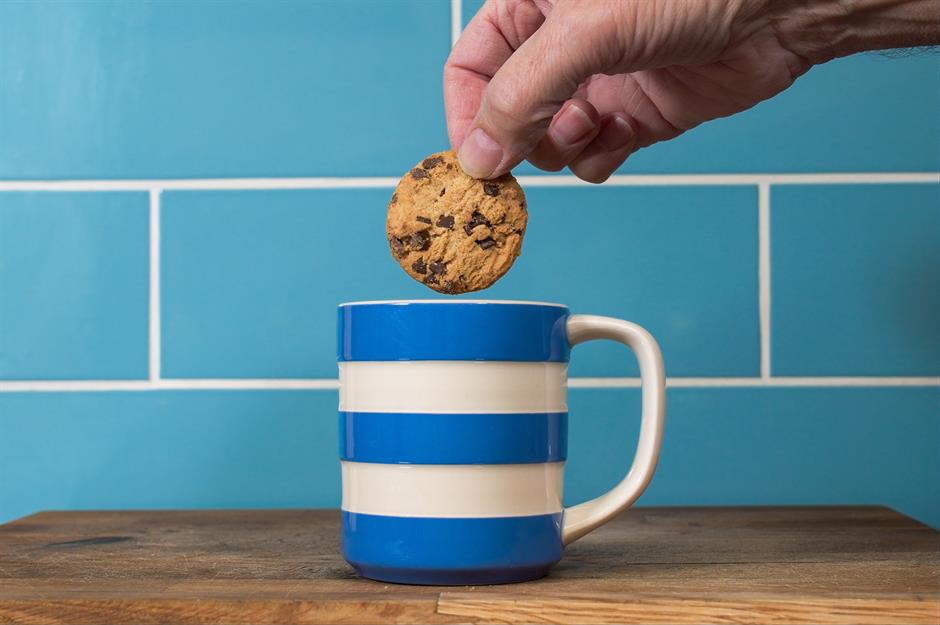
Tea is a national obsession in the UK. Although the jury’s out on how exactly to make the perfect brew (milk or no milk? Sugar? Cup or mug?), there’s one thing most Brits agree on: dunking a biscuit in your cuppa results in a taste sensation that simply can’t be matched. Rich tea biscuits, ginger biscuits, digestives and – a fan favourite – chocolate digestives are all sweet treats that commonly get the dunking treatment. Some may consider it childish, but it’s actually a habit with royal approval; Queen Victoria herself is said to have been partial to a dunk.
15. Slam your Tim Tams in Australia
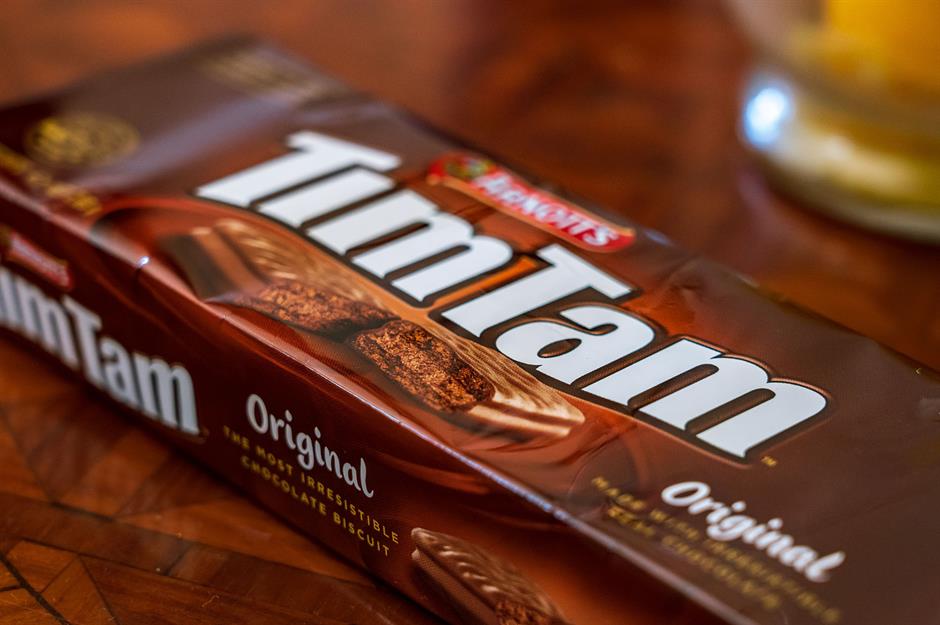
Crunchy, creamy and totally irresistible, these chocolatey biscuits might just be Australia's most famous export. If you're lucky enough to have a pack to yourself, we recommend taking a leaf out of the Aussies' book and trying the Tim Tam Slam: nibble off two diagonally opposite corners of a biscuit to create an edible straw, then use it to suck up a beverage of your choice (hot chocolate or coffee are particularly tasty options). Staunch Australian Tim Tam fans say it’s the only way these ‘bikkies’ should be enjoyed.
14. Don’t split the bill in France

It’s generally viewed as impolite to talk about money at the table in France, so don’t split the bill when dining out with French friends. It’s also customary for the person who invited you to dinner to get the bill, with the understanding that you’ll take them out for a meal in return.
13. Don’t tip in Japan
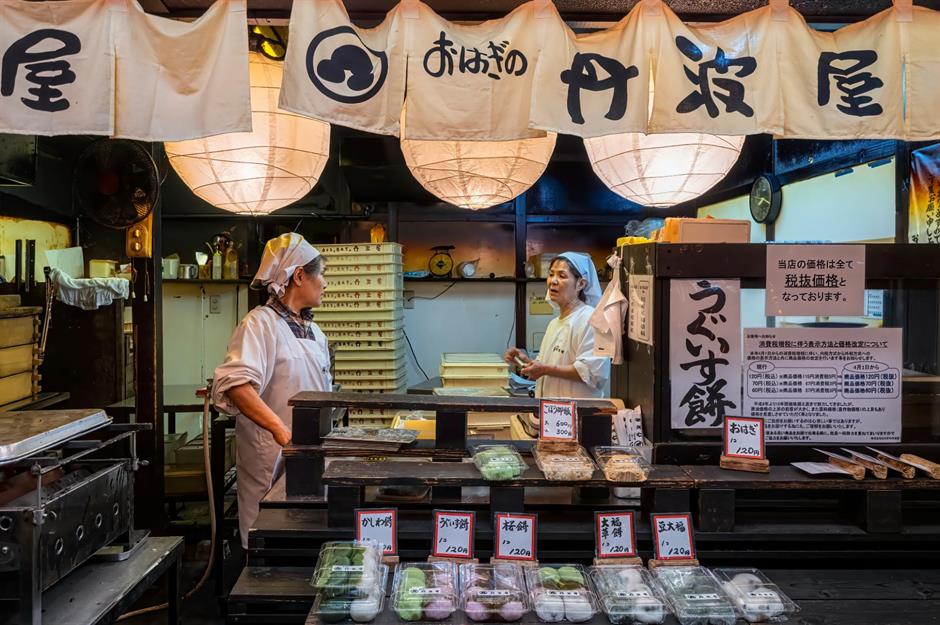
Americans travelling to Japan might get a bit of a culture shock, as tipping is pretty much unheard of here – in fact, it's seen as insulting. Japan is one of the few countries where the service is included in the price of the meal, so you needn’t add anything extra. The same goes for taxis, hotels and spas.
12. Brush up on your fondue etiquette in Switzerland
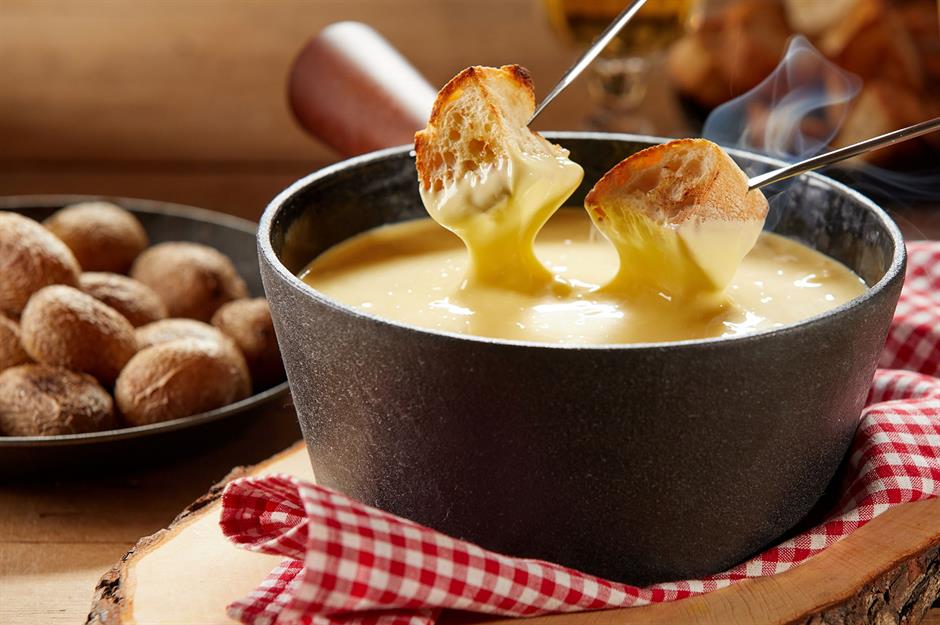
Fondue is designed to be shared but that doesn't mean it's a free-for-all – especially in its homeland of Switzerland. In fact, the Swiss are very particular about fondue etiquette. You should never double dip (it’s unhygienic), nor eat directly from your fondue fork (you could burn yourself). Finally, always share the golden crust of cheese at the bottom of the pot, which is so tasty it has its own nickname, la religieuse – literally meaning ‘the nun’. Accidentally dropped a piece of bread in the pot? You’ll need to make up for it with a forfeit.
11. Slurp your noodles in Japan
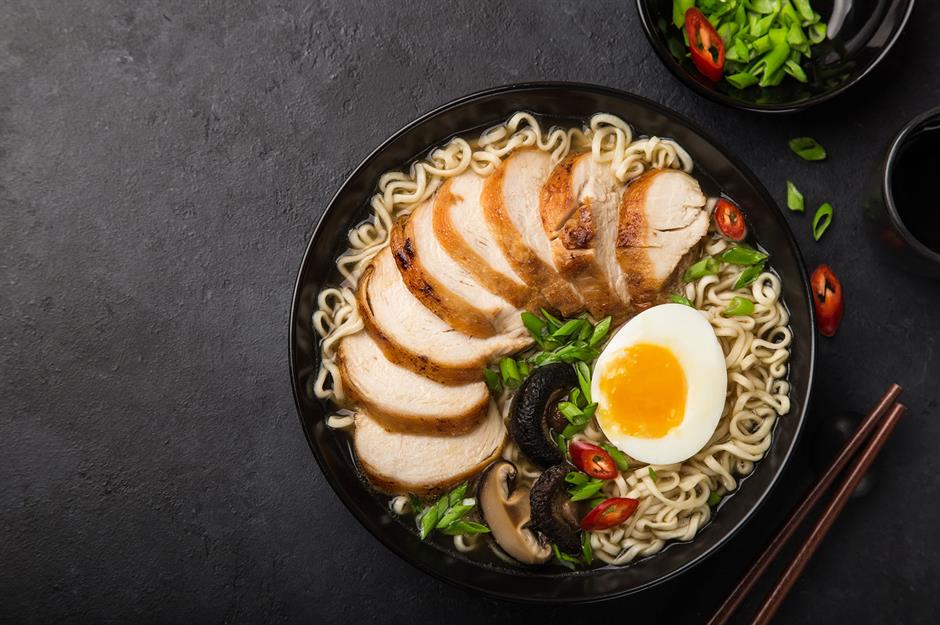
Considered a 'distinctively Japanese custom' by food writer Motohashi Takashi, slurping one’s noodles is a practice that goes back hundreds of years. It’s thought that when soba noodles began to be sold at food stalls in the Edo period (1603-1868), they were often eaten on the go – or even standing up – so people would slurp them to finish them quickly. Today, the practice has endured, with many people believing it enhances flavour.
10. Always use cutlery in Chile

The biggest food rule to follow in Chile is to not eat with your hands. Almost everything here is eaten with a knife and fork (even pizza and French fries) – and not only that, but hands should be kept above the table at all times. It’s also advisable to try to eat everything on your plate, as leaving food is seen as wasteful.
9. Don't eat with your hands in Colombia
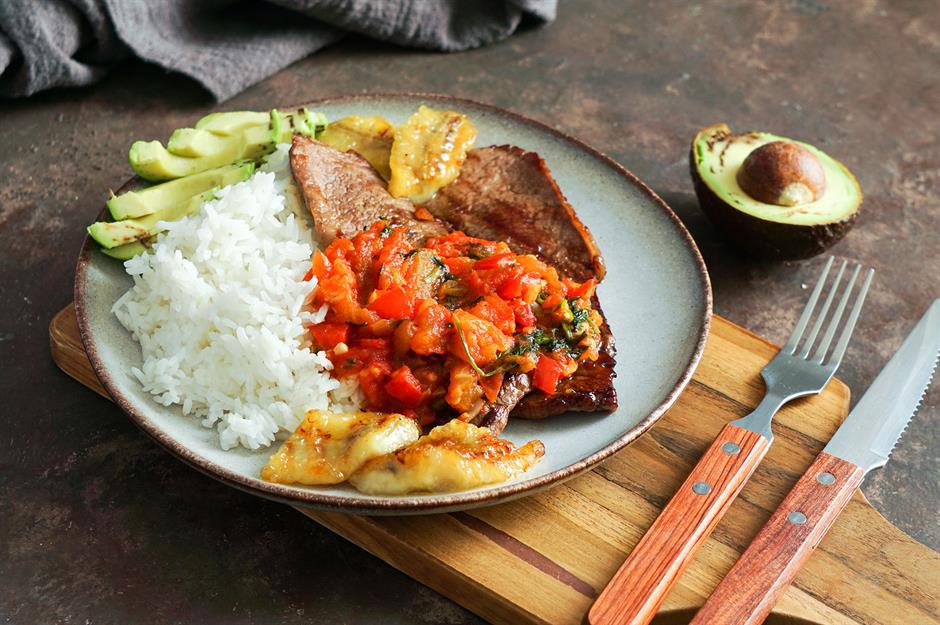
Colombia has a fairly formal dining etiquette when it comes to eating out. Cleanliness is very important, so you’ll be expected to use a knife and fork for most dishes. If you’re served something messy, like chicken wings, you may even be given plastic gloves to eat with. Keep your hands visible and your elbows off the table – and be sure to compliment the food.
8. Don’t eat with your left hand in India

Eating with your hands is the norm in India, with one big caveat – you should only use your right hand. This is because your left hand is traditionally used for unsanitary functions, so it’s considered offensive to use it when eating. You should also avoid leaving food on your plate, share food with others and never leave the table until the eldest person has finished their meal.
7. Using your left hand is a no-no in Ethiopia
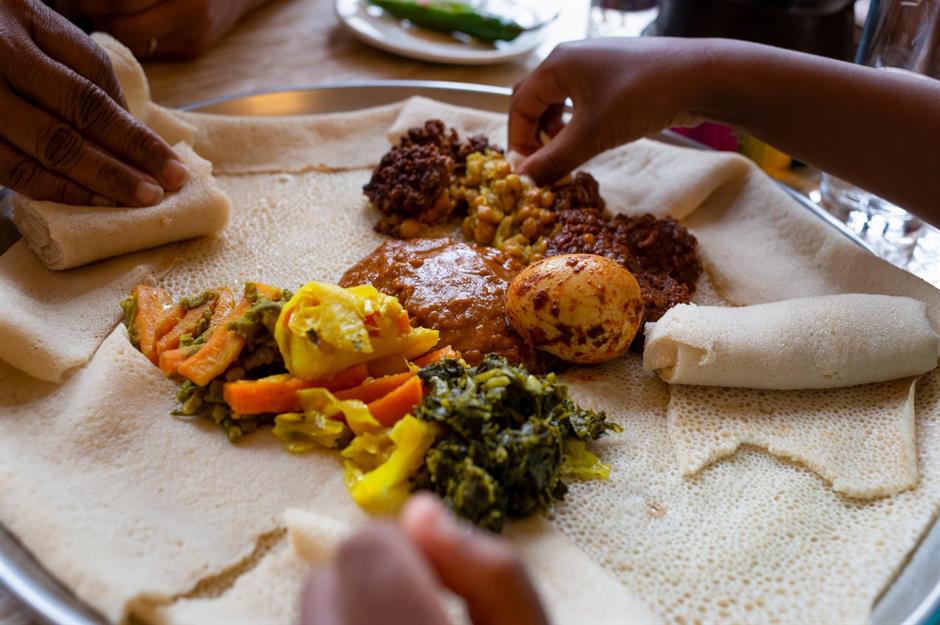
Ethiopia is another country where you should always eat with your right hand. Here, dishes are often served with a spongy flatbread, known as injera (pictured), which is used to scoop up food. If your dish doesn’t come with injera, it’s common to use the thumb and first two fingers (of your right hand, of course) to eat.
6. Don’t cross your chopsticks in China or Japan
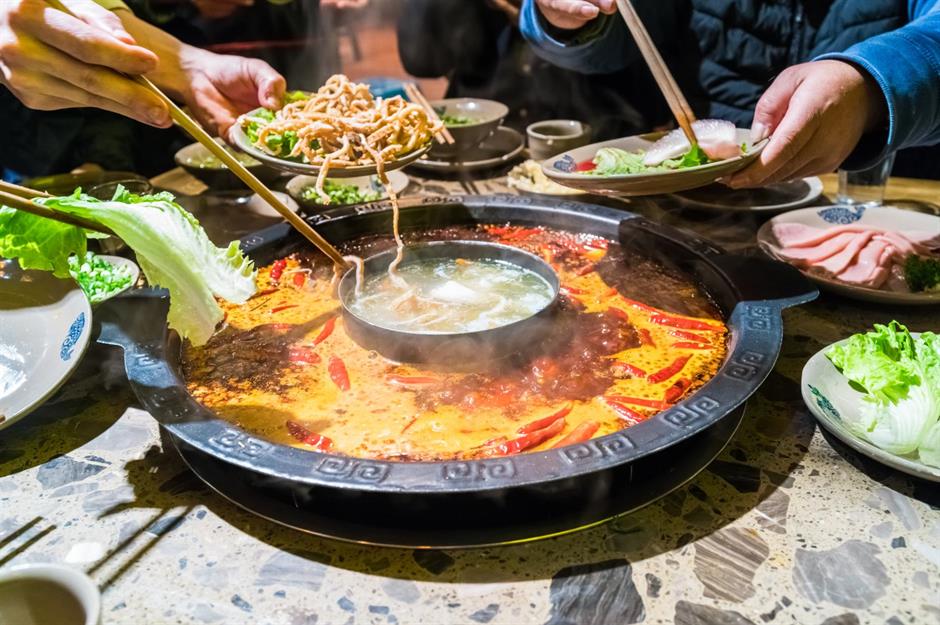
Many Westerners come unstuck when attempting to use chopsticks for the first time, but once you’ve mastered the correct grip, there are a few other dining customs you need to remember when travelling through China, Japan and other East Asian countries. Firstly, you should never cross your chopsticks on your plate, as it's seen as a symbol of death – and don't stick them upright in a bowl of rice either, as this is associated with funeral rituals and read as a bad omen.
5. Wait for someone to refill your glass in Egypt

In Egypt, it’s considered impolite to refill your own glass at dinner. Instead, you should refill your neighbour’s glass for them (if it's less than half full, then it needs refilling), and they'll top yours up in return. Like many countries across the Middle East and Africa, Egypt is a country where you must eat with your right hand – most of the time, using bread like a utensil to scoop up the food. Leaving a small tip after a meal is always a good idea, too.
4. Never order a cappuccino after a meal in Italy
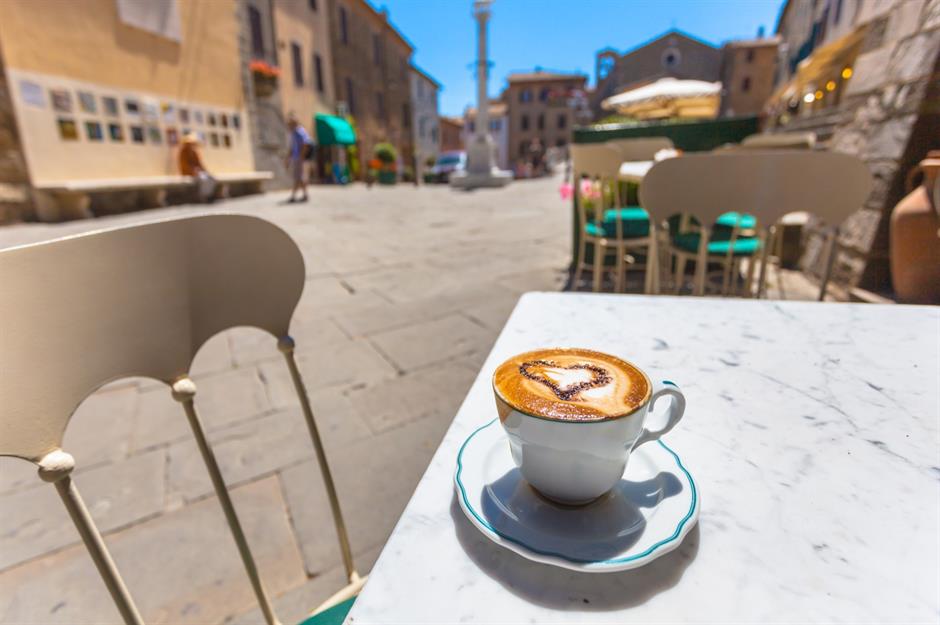
Coffee might be enjoyed after a meal in many countries, but in Italy, cappuccino is regarded as a breakfast drink and is almost never drunk after midday. It’s traditionally believed that the high milk content can wreak havoc on digestion, so if you try to order one after dinner you might even be refused. To get your post-dinner coffee fix, make like the Italians and order an espresso instead – just don’t blame us if it keeps you awake!
3. Always serve Cincinnati chilli on spaghetti in the USA

If you find yourself in Ohio and see Cincinnati chilli on the menu, we recommend giving it a try (it’s delicious!) – but just so you’re prepared, it’s not like classic chilli con carne at all. A bit like spaghetti Bolognese, this unusual dish sees beef spiced with cinnamon, allspice, nutmeg and clove, as well as a touch of chilli powder. The main difference, though, is that Cincinnati chilli always comes served on a heaping pile of spaghetti instead of rice, with plenty of grated cheese on top. It’s a popular hot dog topping, too.
2. Try stuffing a sandwich with crisps in the UK
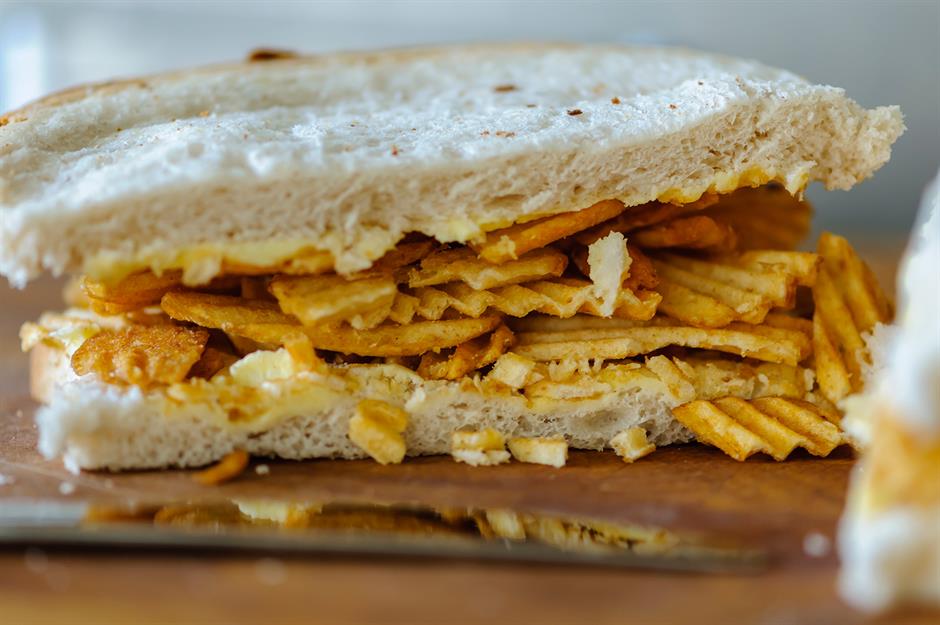
In the UK, there’s no greater or more satisfying makeshift lunch than a crisp sandwich: two slices of buttered bread (preferably of the white, no-frills variety) stuffed with the salty, savoury contents of a humble packet of potato crisps. If the carb-loaded nature of this dish makes you wince, wait until you hear about the chip butty – a similarly beige snack that sees fat, hot, golden chips smothered in ketchup and served up in a bun. Don’t knock it till you’ve tried it!
1. Never flip a fish in China
If you’re served a whole fish while dining out in China – which is very common, especially at New Year – you should never flip it over. This is because it’s associated with fishermen’s boats capsizing, and considered a symbol of bad luck. Instead, remove the backbone and set it aside to get to the flesh underneath.
Now discover 23 bad eating habits you need to break right now
Comments
Be the first to comment
Do you want to comment on this article? You need to be signed in for this feature